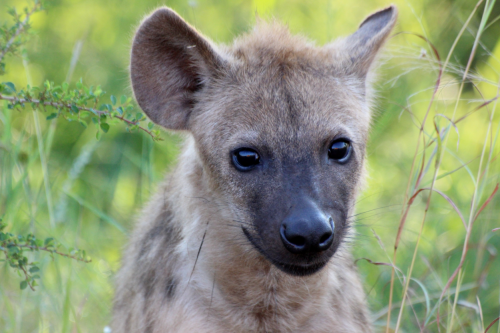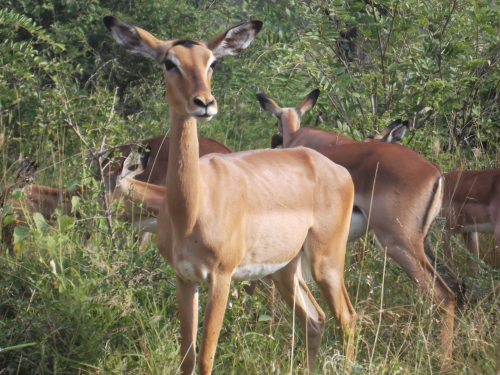Generation length for mammals: An essential reference point for conservation studies

Life history traits are the basic ecological descriptors of a species. These include physical traits, such as body mass and physiological traits, such as reproductive rate. Ecologists have investigated the variation in life history traits and their role in determining the response of species to changing conditions, such as climate change, as well as to anthropogenic stressors.
Generation length is one of the most studied among such traits. It represents the age at which half of total reproductive output is achieved by an individual. It is a fundamental piece of information for population ecology, as well as conservation biology, since it is commonly used as a time reference when measuring species extinction risk. Nonetheless, such an important variable is often hard to calculate due to the paucity of detailed reproductive data, even for well-studied groups such as mammals.
A recent paper published in the open access journal Nature Conservation provides the first comprehensive attempt to complete a database of generation lengths for all extant mammals. This database represents an essential reference point for ecological and conservation-related studies that need pragmatic information on species generation length. Additionally, the work provides a methodology for calculating generation length for species when direct information is not available. This can be easily expanded to other taxonomic groups, thus contributing to the improvement of an enhanced toolkit available for extinction risk assessments, especially in the Red List of the International Union for the Conservation of Nature (IUCN).
The database on generation lengths was developed by the Global Mammal Assessment team at University Sapienza of Rome (Italy). The lab is a partner of the IUCN Red List, the most complete system operating for the assessments of species extinction risks (built on the contributions of thousands of experts worldwide). The IUCN Red List database served as a basis for the development of the mammal generation length dataset.

The database contains data on generation length for 5427 mammal species as well as data on adult body mass, maximum longevity, reproductive life span and age at first reproduction. The source of each piece of information provided is accurately documented.
More information: Pacifici M, Santini L, Di Marco M, Baisero D, Francucci L, Grottolo Marasini G, Visconti P, Rondinini C (2013) Generation length for mammals. Nature Conservation 5: 87. DOI: 10.3897/natureconservation.5.5734 Resource ID: Dryad key: 10.5061/dryad.2jd88
Additional information:
Pacifici M, Santini L, Di Marco M, Baisero D, Francucci L, Grottolo Marasini G, Visconti P, Rondinini C (2013) Database on generation length of mammals. 5427 data records. Online at doi.org/10.5061/dryad.gd0m3, version 1.0 (last updated on 2013-08-27), Resource ID: 10.5061/dryad.2jd88, Data Paper ID: DOI: 10.3897/natureconservation.5.5734
Journal information: Nature Conservation
Provided by Pensoft Publishers

















